Thomas Heatherwick has seen the future of homes and workplaces… and it’s green!
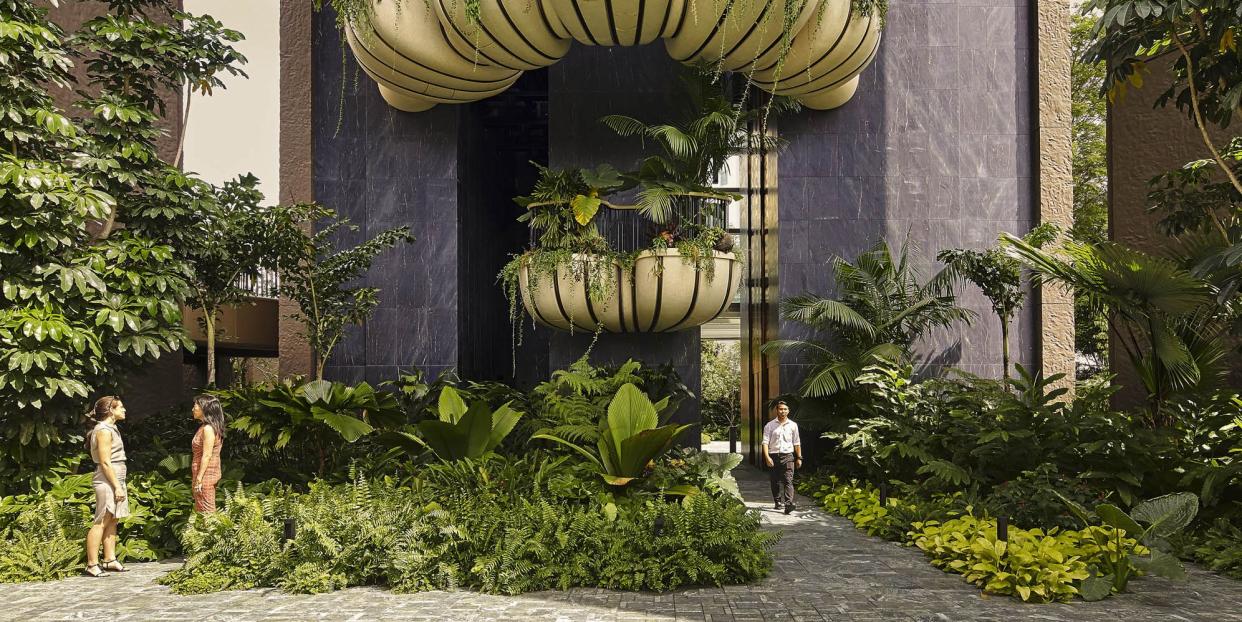
Can you cover a building in hundreds of trees? Or install a vertical garden down the side of a skyscraper?
These are the kinds of questions that have been recently occupying the mind of Thomas Heatherwick. With a series of new projects, the British designer is proposing innovative ways of integrating plants and trees into our homes and workspaces.
Heatherwick is the kind of designer who dares to think the impossible and somehow finds a way to make it a reality. Who can turn an abandoned grain silo into an art museum. Or develop a bridge that curls up like a caterpillar. His London-based architecture and design office, Heatherwick Studio, has recently shifted its focus to biophilia – the theory that humans need to be close to nature to remain healthy.
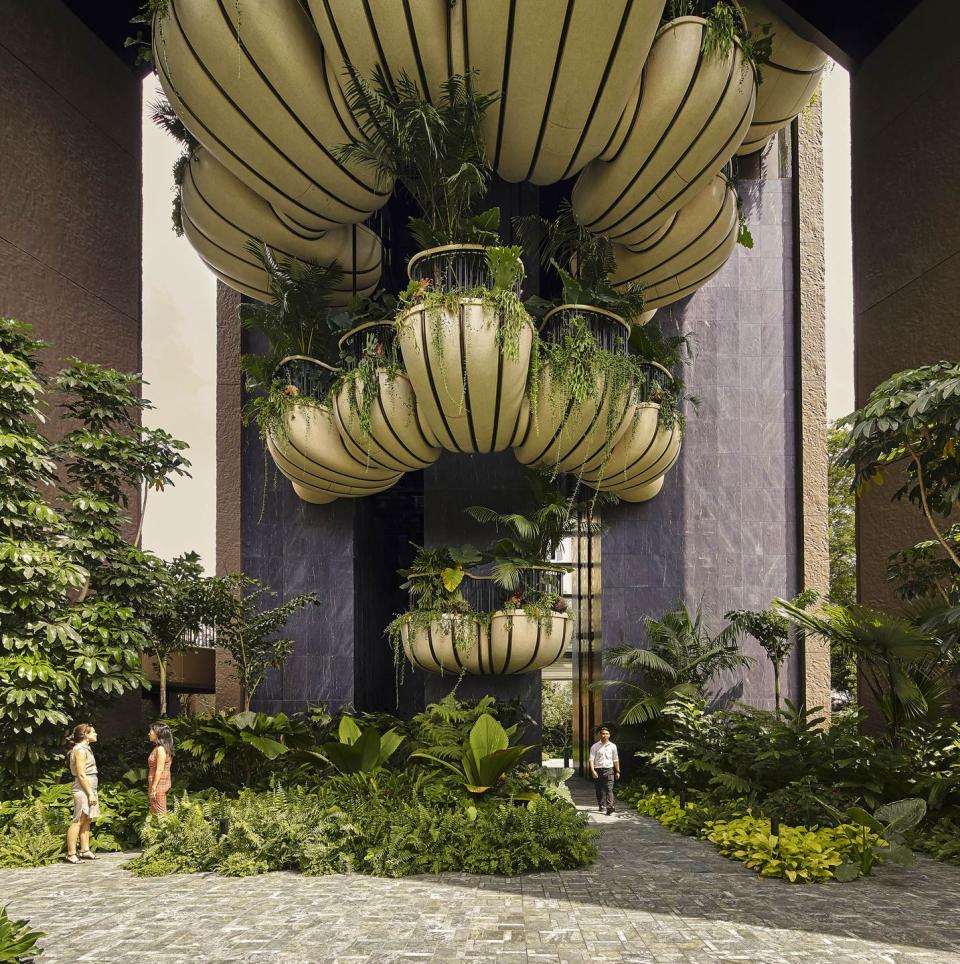
‘It seemed to me that there was an intuitive side missing in the ways that cities were being made,’ he says. ‘I’d never heard of the word biophilia back then. But the more we researched it, the more I understood that it’s not just about being green; the natural world offers a richness, variety and sensorial dimension that our humanity needs.’
There is plenty of science to back up this theory. The work of American psychologists Rachel and Stephen Kaplan suggests that regular exposure to natural environments improves the mood and increases our ability to focus. While some might interpret this as meaning we need to create more parks and gardens in our cities, Heatherwick is promoting a more integral approach – by allowing nature to completely infiltrate built structures.
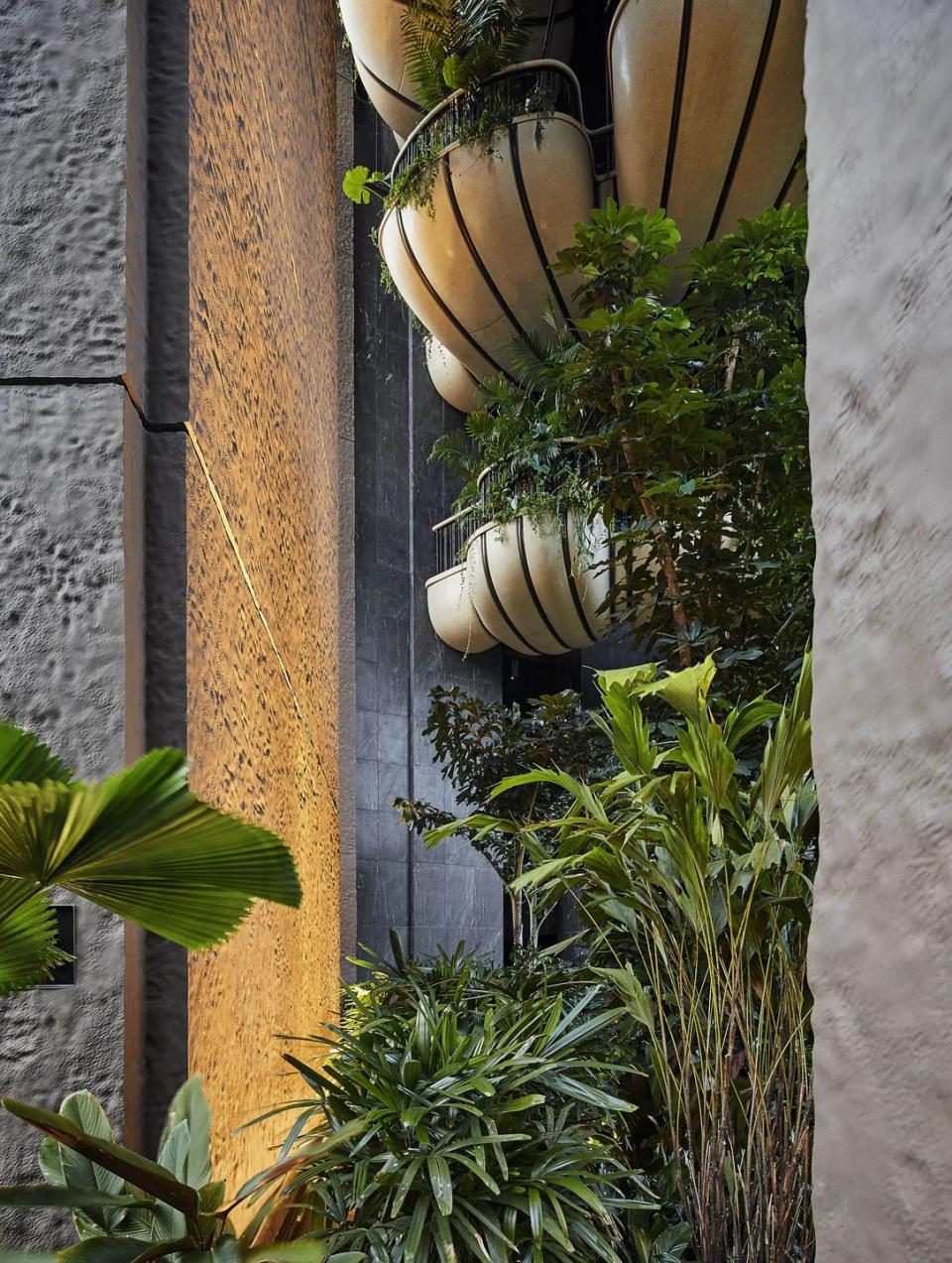
‘Rather than polarising big sterile buildings with big sterile green spaces, we’re interested in how you punctuate big pieces of the city with nature,’ he says. This means squeezing plants into any space available – on the roof, over balconies, on furniture and even within the structure itself.
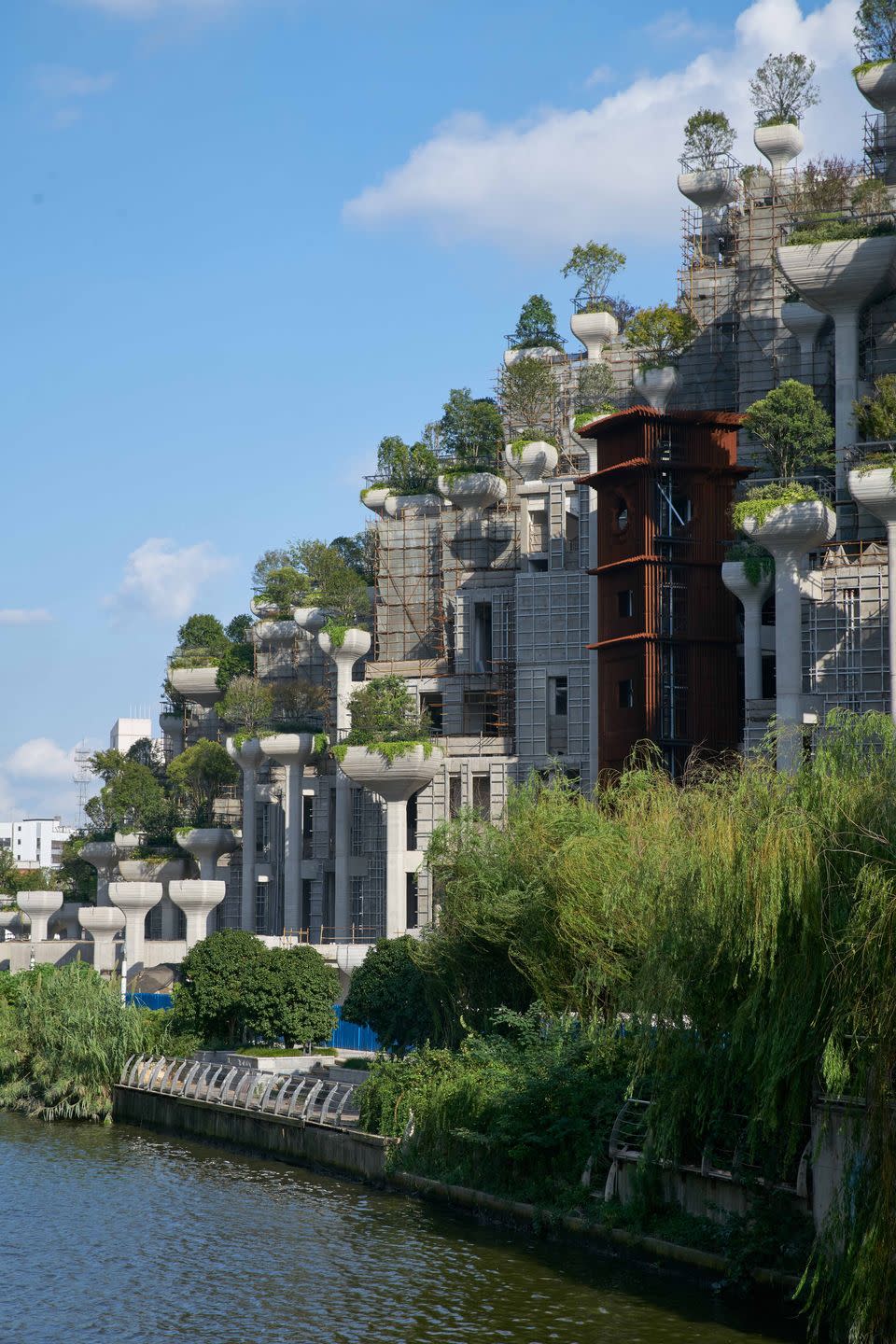
With 1000 Trees, a major new office and retail complex in Shanghai, the concrete columns that hold up the building double as planting boxes for an assortment of different trees. Unlike green roofs, which can weigh down a structure, here the columns are easily able to support the extra load. It means that wherever you are in the building, you can look out and see verdant branches.
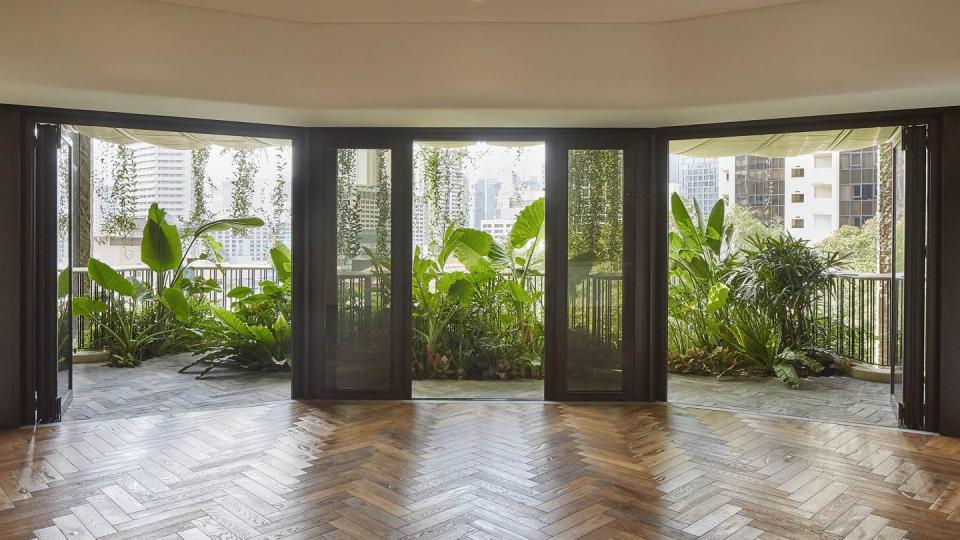
A similar effect can be found at EDEN, a residential tower in Singapore, where clever shell-shaped balconies create lush tropical gardens on four sides of the building. Instead of relying on air-conditioning, residents can open up their windows and feel a cool breeze moving through huge leaves and fronds.
‘Even when you’re 20 storeys up, you feel like you’re in something that is alive and moving,’ says Heatherwick. With many people still feeling the effects of Covid-19 lockdowns, stuck inside homes with little or no connection to the outdoors, it’s not hard to see the appeal of these Babylonian spaces.
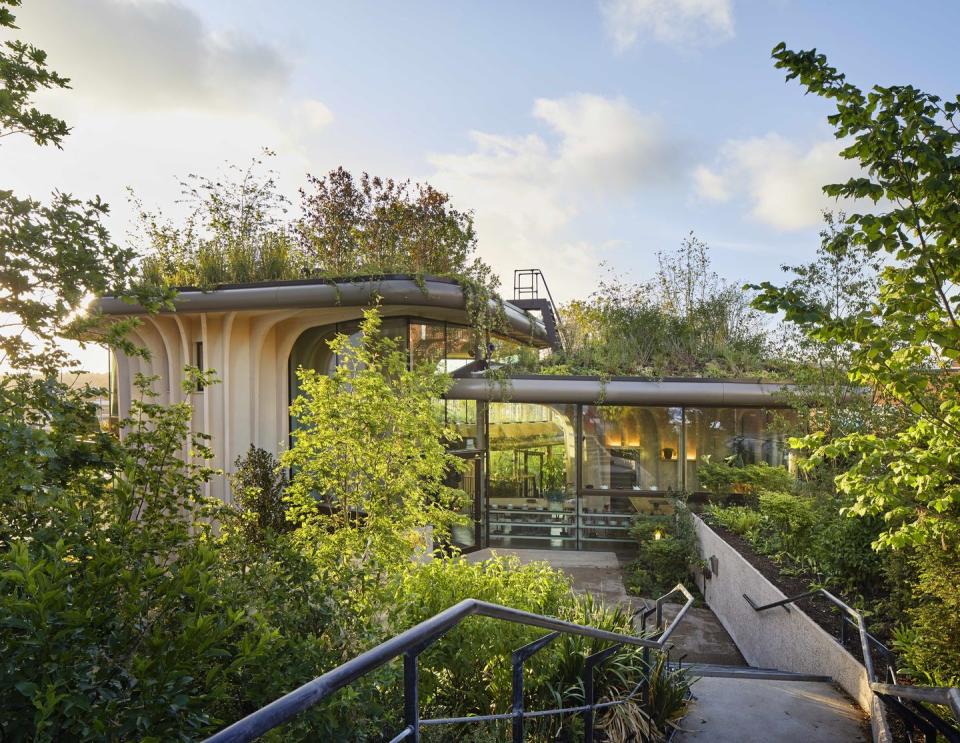
Heatherwick has already started to bring these ideas back to the UK – his woodland-inspired Maggie’s Centre in Leeds features some 17,000 plants (and a further 23,000 bulbs) and is built from sustainably sourced spruce timber. But he is keen to reach a wider audience; one of his ambitions is to find affordable ways to integrate plant life into designs for social housing.
For now though, he urges everyone to experiment with new ways of greening their living environments. Stem, a project he recently presented at the Design Museum, is a great example of how this might be possible – this clip-on leg attaches to any desk surface, transforming a workspace into a hub of biodiversity.
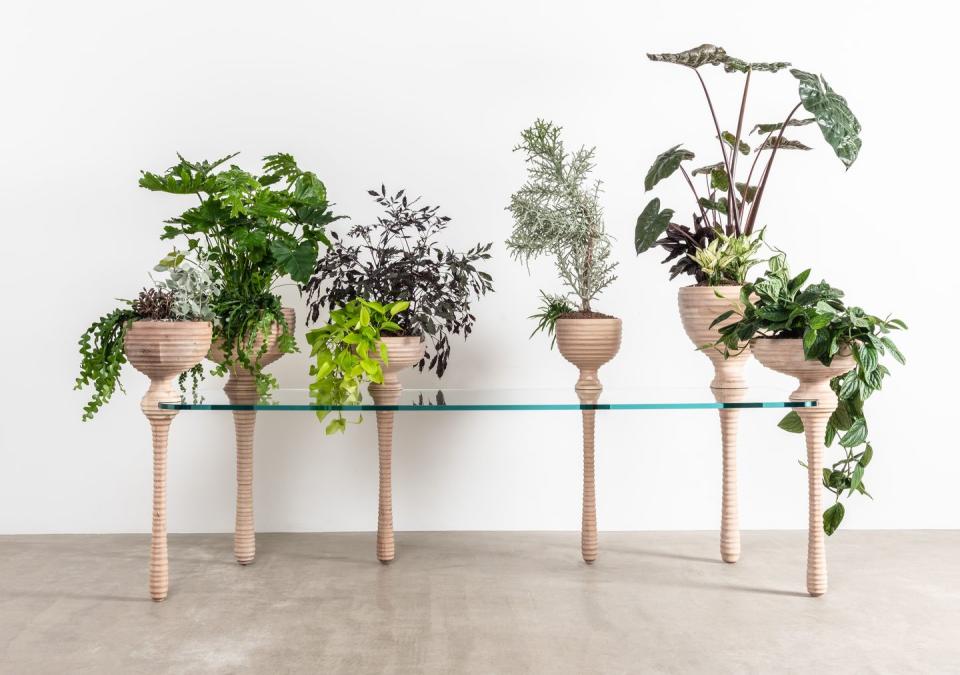
‘I really think the wonder of humanity is our eccentricity,’ adds Heatherwick. ‘I want people to have the confidence to try different things. You should make the world around you whatever you think, and if you think you want plants everywhere, then just do it!’ heatherwick.com
This article first appeared in ELLE Decoration January 2020
Like this article? Sign up to our newsletter to get more articles like this delivered straight to your inbox.
Keep your spirits up and subscribe to ELLE Decoration here, so our magazine is delivered direct to your door.


